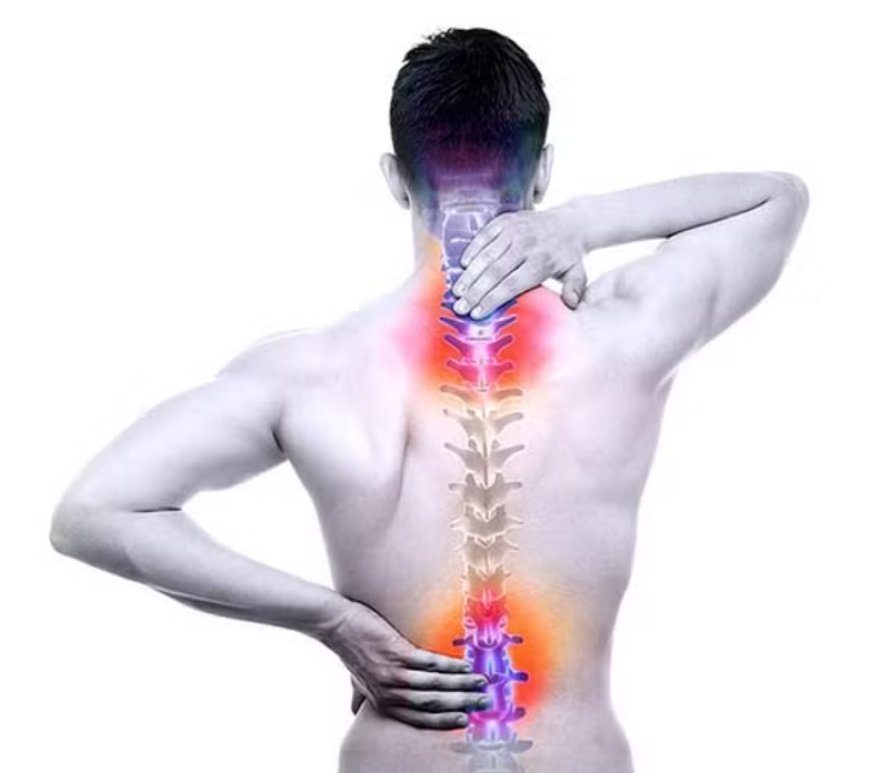ACDF surgery
Advancements in Anterior Cervical Fusion Surgery: A Comprehensive Overview

Anterior cervical discectomy and fusion (ACDF) surgery is a widely performed procedure to alleviate neck pain and other symptoms caused by cervical disc herniation or degenerative disc disease. In this procedure, the damaged disc is removed, and the adjacent vertebrae are fused together to restore stability and relieve pressure on the spinal cord or nerves. Over the years, advancements in ACDF surgery have led to improved outcomes, reduced recovery times, and increased patient satisfaction. This article explores the latest advancements in anterior cervical fusion surgery.
Minimally Invasive Techniques
Minimally invasive spine surgery (MISS) has gained popularity in recent years due to its smaller incisions, reduced blood loss, less postoperative pain, and faster recovery times. MISS techniques for ACDF surgery involve the use of specialized instruments, such as tubular retractors, microendoscopes, and high-speed drills, to access the cervical spine through smaller incisions. This results in less trauma to surrounding tissues, reduced postoperative pain, and shorter hospital stays.
Artificial Disc Replacement
Artificial disc replacement (ADR) is an alternative to ACDF surgery that involves replacing the damaged disc with an artificial device. This procedure aims to maintain spinal mobility and reduce the risk of adjacent segment degeneration, a common complication of ACDF surgery. While ADR is still a relatively new procedure, studies have shown promising results, with patients reporting reduced pain, improved mobility, and lower rates of complications compared to traditional ACDF surgery.
3D Printing and Customized Implants
3D printing technology has revolutionized many industries, including spine surgery. Customized implants can now be created using 3D printing to fit a patient's unique anatomy, leading to improved surgical outcomes and reduced complications. In ACDF surgery, 3D printing can be used to create customized spacers, plates, and screws that fit the patient's cervical spine precisely. This results in reduced operative time, less trauma to surrounding tissues, and improved fusion rates.
Navigation and Robotic Assistance
Navigation and robotic assistance are two emerging technologies that have the potential to improve the accuracy and safety of ACDF surgery. Navigation systems use real-time imaging and computer-assisted guidance to help surgeons locate and access the affected disc space. Robotic assistance, on the other hand, involves the use of robotic arms to perform precise movements under the guidance of the surgeon. Both navigation and robotic assistance have the potential to reduce the risk of complications, improve surgical outcomes, and reduce operative time.
Biologics and Stem Cell Therapy
Biologics, such as bone graft substitutes and growth factors, have been used in ACDF surgery to promote fusion and improve surgical outcomes. Recently, stem cell therapy has emerged as a promising alternative to traditional bone grafting. Stem cells are undifferentiated cells that have the potential to develop into various cell types, including bone cells. By injecting stem cells into the affected disc space, surgeons can promote fusion and potentially regenerate damaged disc tissue. While still in the early stages of development, stem cell therapy has the potential to revolutionize ACDF surgery and reduce the need for fusion.
Conclusion
Anterior cervical fusion surgery has come a long way since its inception in the 1950s. Advancements in minimally invasive techniques, artificial disc replacement, 3D printing, navigation and robotic assistance, and biologics have led to improved surgical outcomes, reduced recovery times, and increased patient satisfaction. As technology continues to advance, it is likely that we will see even more significant improvements in ACDF surgery in the coming years. Patients suffering from neck pain and other symptoms caused by cervical disc herniation or degenerative disc disease can now benefit from these advancements and enjoy a better quality of life.













































































































































